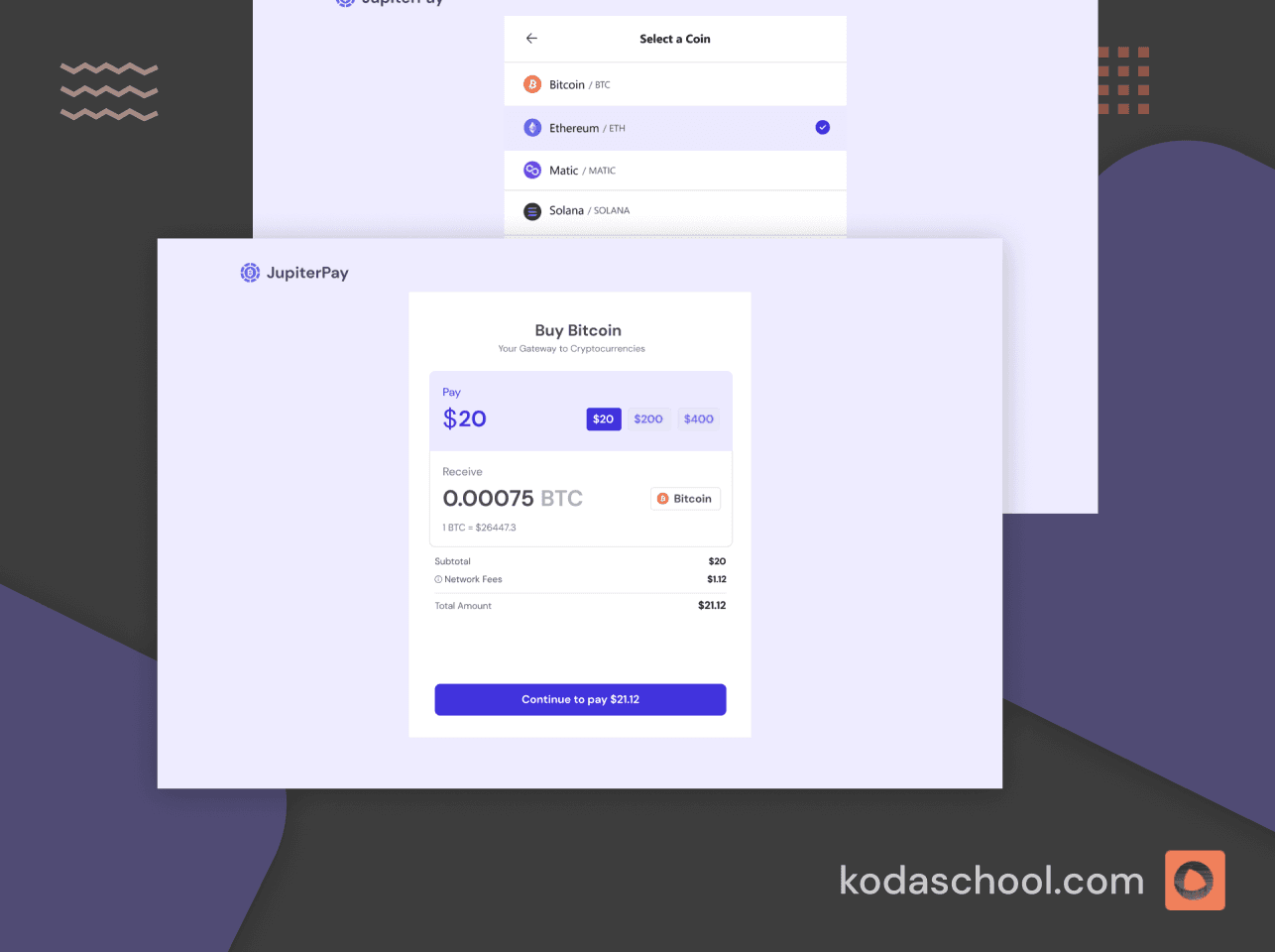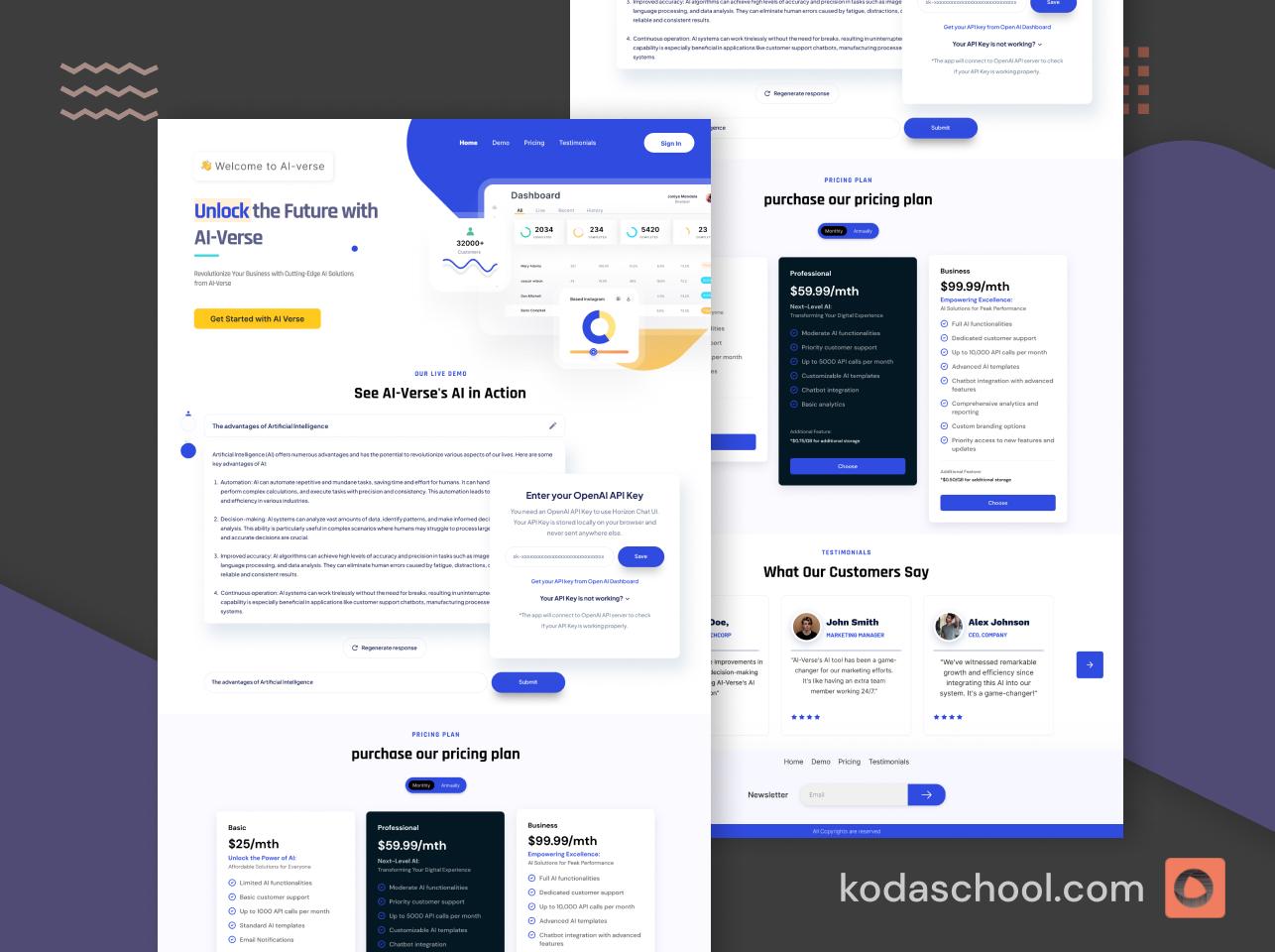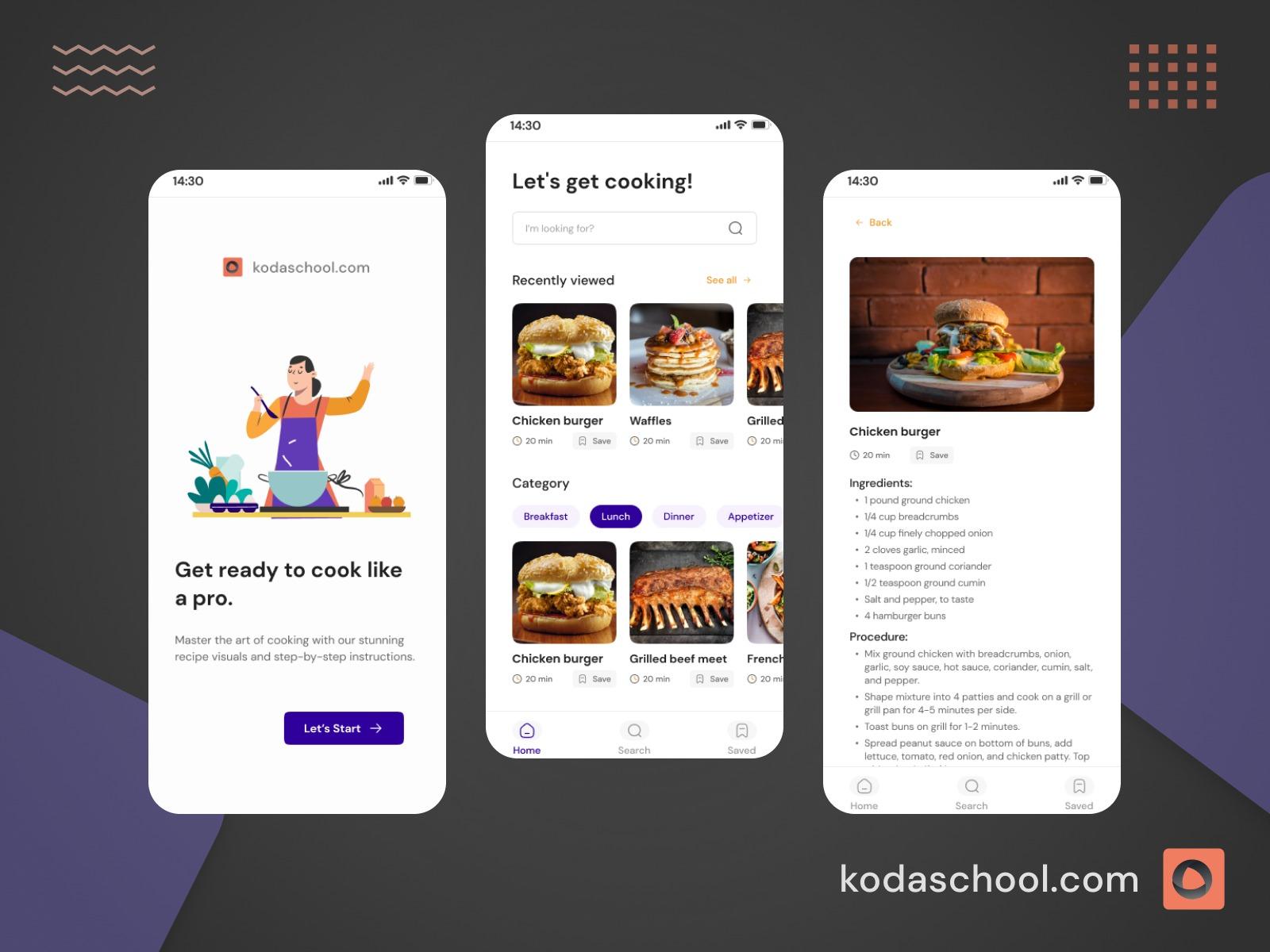Amazon Kinesis Guide for the AWS Solution Architect Associate Exam
Explore the essentials of Amazon Kinesis and how it helps businesses stream large volumes of data in real time. Discover the service's components like Data Streams, Data Firehose, and Data Analytics.
Amazon Kinesis is a powerful AWS service designed to handle large-scale real-time data processing and analytics. It offers robust solutions to collect, process, and analyze streaming data, enabling developers to build applications that can continuously ingest and process enormous volumes of data records in real time.
Importance of Real-Time Data Processing
In today's digital era, the ability to process and analyze data in real time is crucial. Businesses rely on real-time data processing for timely decision-making, detecting and responding to emergent issues, and providing live data feeds to user interfaces. Real-time processing powers dynamic dashboards, instant alerts, and operational responsiveness, transforming static data collection into interactive analytics.
Understanding Amazon Kinesis
Definition of Amazon Kinesis
Amazon Kinesis is a scalable and durable real-time data streaming service that allows developers to stream large amounts of data from multiple sources to various destinations. It facilitates real-time applications such as log and event data collection, real-time analytics, machine learning model inference, and others.
Overview of the Components of Amazon Kinesis
Amazon Kinesis comprises several key components:
- Kinesis Data Streams: A massively scalable and durable real-time data streaming service.
- Kinesis Data Firehose: Automatically loads streaming data into AWS data stores.
- Kinesis Data Analytics: Processes and analyzes streaming data using standard SQL.
- Kinesis Video Streams: Captures, processes, and stores video streams for analytics and machine learning.
Comparison with Other AWS Services for Data Streaming
While Amazon Kinesis is tailored for real-time data streaming, AWS offers other services like Amazon MSK (Managed Streaming for Apache Kafka) and Amazon SQS (Simple Queue Service) for different messaging and streaming needs. Unlike MSK, which is ideal for high-throughput, durable message storage, Kinesis provides integrated capabilities for data ingestion, processing, and analytics. SQS offers simple message queuing services without the real-time processing capabilities of Kinesis.
Core Concepts of Amazon Kinesis
What are Kinesis Data Streams?
Kinesis Data Streams are the backbone of Amazon Kinesis, designed to ingest a large amount of data in real time. Data is divided into ordered "shards," where each shard can handle up to 1 MB of data per second or 1,000 data records per second.
What are Kinesis Data Firehose and Kinesis Data Analytics?
- Kinesis Data Firehose: This component is the easiest way to reliably load streaming data into data lakes, data stores, and analytics services. It can capture, transform, and load data streams into AWS data stores without requiring you to write applications.
- Kinesis Data Analytics: This component allows developers to process and analyze streaming data using standard SQL. It's a powerful tool for running real-time analytics on top of Kinesis streams, creating actionable insights from raw data.
How Kinesis Integrates with Other AWS Services
Amazon Kinesis is designed to integrate seamlessly with a wide range of AWS services, enhancing its functionality. For example:
- It can store processed data in Amazon S3 for later retrieval and analysis.
- Processed data can be sent to Amazon Redshift for complex querying and data warehousing.
- AWS Lambda can be used to process data on the fly, directly from Kinesis streams, enabling serverless data processing workflows.
Try Kodaschool for free
Click below to sign up and get access to free web, android and iOs challenges.
Getting Started with Kinesis Data Streams
Setting up your AWS account for Kinesis
To start using Amazon Kinesis, you first need an AWS account. If you don't have one, you can create it by visiting the AWS homepage and following the sign-up process. Once your account is set up, navigate to the AWS Management Console. From there, you can access the Kinesis service by typing "Kinesis" into the search bar or locating it under the "Analytics" section.
Creating your First Kinesis Data Stream
- Access the Kinesis Console: Once in the Kinesis dashboard, click on "Create data stream".
- Configure the Stream: Enter a name for your stream and specify the number of shards you want to start with. The number of shards determines the capacity of the stream.
- Create the Stream: After configuring the settings, click on "Create data stream". Your stream will be ready to use within a few minutes.
Key Configurations
- Stream Name: Choose a name that is easily identifiable and relevant to its purpose.
- Shard Count: Determines the throughput of the stream. Each shard provides a capacity of 1MB/sec data input and 2MB/sec data output.
- Data Retention: By default, Kinesis stores data for 24 hours. You can increase this up to 7 days if needed.
Deep Dive into Kinesis Sharding
Definition of a Shard
A shard is a base throughput unit of an Amazon Kinesis Data Stream. Each shard can support up to 1MB per second of data input and 2MB per second of data output. Shards are what enable Kinesis to handle large-scale, high-throughput applications that require data ingestion and processing in real-time.
How Sharding Works in Kinesis
Data records in a stream are distributed into shards based on their partition key. As records arrive, Kinesis Data Streams places them into shards using a hashing mechanism on the partition key, ensuring ordered data ingestion within each shard.
Scaling with Sharding: Splitting and Merging Shards
- Splitting Shards: When the data input increases, you can split a shard into two, doubling the stream's capacity.
- Merging Shards: If data input decreases, you can merge two shards into one, reducing costs without affecting performance.
Practical Uses of Kinesis Data Streams
Real-world Use Cases of Kinesis Data Streams
- Real-Time Analytics: Businesses use Kinesis for real-time analytics on live streaming data to gain immediate insights.
- Log and Event Data Collection: It's widely used for collecting and processing logs from servers in real-time.
- IoT Data Processing: Kinesis is ideal for processing large streams of data from IoT devices.
Best Practices for Data Producers and Consumers
- Efficient Use of Partition Keys: Use highly varied partition keys to ensure data is evenly distributed across shards.
- Batching: Group multiple records in a single Kinesis Data Streams record to reduce the number of API calls.
Handling Data Throughput and Partition Keys
- Monitor Throughput: Continuously monitor your throughput to adjust the shard count as necessary.
- Partition Key Design: Design partition keys that are as unique as possible to avoid "hot shards".
Advanced Features and Considerations
Monitoring Kinesis Performance with Amazon CloudWatch
Use Amazon CloudWatch to monitor the performance of your Kinesis streams. Set up alarms for metrics like GetRecords.Latency, PutRecord.Success, and ReadProvisionedThroughputExceeded to stay informed of any performance issues.
Security Best Practices with Kinesis (IAM roles, KMS for Encryption)
- IAM Roles: Use AWS IAM to manage access to your Kinesis streams securely.
- Encryption: Use AWS KMS (Key Management Service) to encrypt data at rest and in transit, ensuring that sensitive data is protected.
Integrating Lambda for Processing Data Streams
AWS Lambda can process data directly from Kinesis streams without provisioning or managing servers. Set up a Lambda function to read and process data as it arrives in your Kinesis stream, allowing for seamless real-time data processing.
Sample Questions
1. When implementing a solution for real-time data analysis using Amazon Kinesis, what is the minimum data retention period for Kinesis Data Streams?
A. 1 hour
B. 24 hours
C. 7 days
D. 14 days
Answer: B
By default, Amazon Kinesis Data Streams retains the data for 24 hours. This can be extended up to 7 days if needed.
2. Which AWS service would you use to analyze streaming data in real-time with SQL queries?
A. AWS Lambda
B. Amazon Kinesis Data Analytics
C. Amazon EC2
D. Amazon RDS
Answer: B
Amazon Kinesis Data Analytics is the ideal service for processing and analyzing streaming data in real time using SQL.
3. A company wants to monitor application logs in real-time and trigger alerts based on certain error patterns. Which combination of services should be used?
A. Amazon S3 and Amazon Macie
B. AWS Lambda and Amazon CloudWatch
C. Amazon Kinesis and AWS Lambda
D. Amazon EC2 and Amazon CloudWatch
Answer: C
Amazon Kinesis can capture and process large streams of data records in real-time, and AWS Lambda can be used to process this data and execute code in response to triggers such as specific log entries.
4. How can a Solutions Architect ensure data processed by Amazon Kinesis Data Streams is encrypted at rest?
A. Use Amazon S3 server-side encryption
B. Enable Kinesis Data Stream encryption with AWS KMS
C. Implement SSL/TLS in Amazon EC2 consumers
D. Encrypt data client-side before sending to Kinesis
Answer: B
Kinesis Data Streams supports encryption at rest using AWS Key Management Service (KMS), which manages encryption keys.
5. Which feature allows for the processing of video streams for analytics and machine learning applications using Amazon Kinesis?
A. Amazon Kinesis Data Firehose
B. Amazon Kinesis Data Streams
C. Amazon Kinesis Video Streams
D. Amazon Kinesis Data Analytics
Answer: C
Amazon Kinesis Video Streams makes it easy to securely stream video from connected devices to AWS for analytics, machine learning (ML), and other processing.











